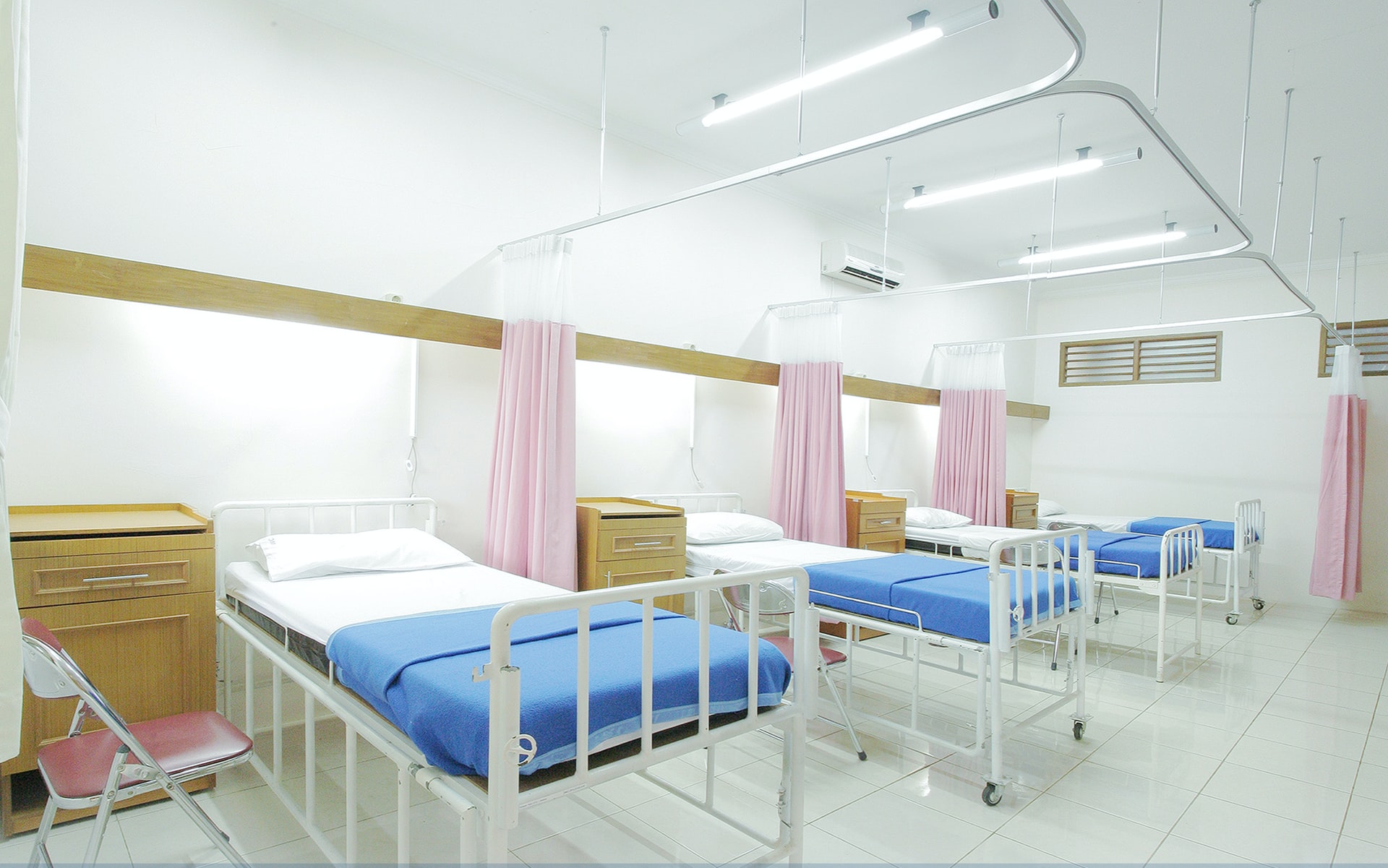News release
From:
Incentive payments to physicians may reduce nonurgent ED visits
Providing payment incentives to primary care physicians to see patients after hours may result in fewer visits to the emergency department for nonurgent issues, according to new research in CMAJ (Canadian Medical Association Journal)
To improve access to primary care outside of regular working hours, in 2003 the Ontario government introduced a financial incentive for family physicians to provide specific services after regular clinic hours. The study looked at the impact of those incentives during two periods: 2002–2006 after they were first introduced and then increased from 10% to 15%, and 2005–2016 when payments increased to 30%.
“We found that the introduction of the after-hours premium reduced some less-urgent visits, suggesting that some emergency department visits can be avoided through improved access to primary care,” writes Dr. Sisira Sarma, Schulich School of Medicine & Dentistry, Western University, London, Ontario, with coauthors.
The researchers found a reduction in less-urgent visits to the emergency department of 1.26 per 1000 patients per month, and the reduction was larger after hours than during regular hours. However, there were small increases in urgent and very urgent visits.
“Interventions to reduce potentially avoidable emergency department visits are of considerable interest to policy-makers; the use of incentives to promote access to after-hours primary care and divert patients away from the emergency department in a cost-effective manner is one policy option to consider,” the authors conclude.
“Emergency department use following incentives to provide after-hours primary care: a retrospective cohort study” is published January 18, 2021.



 International
International


